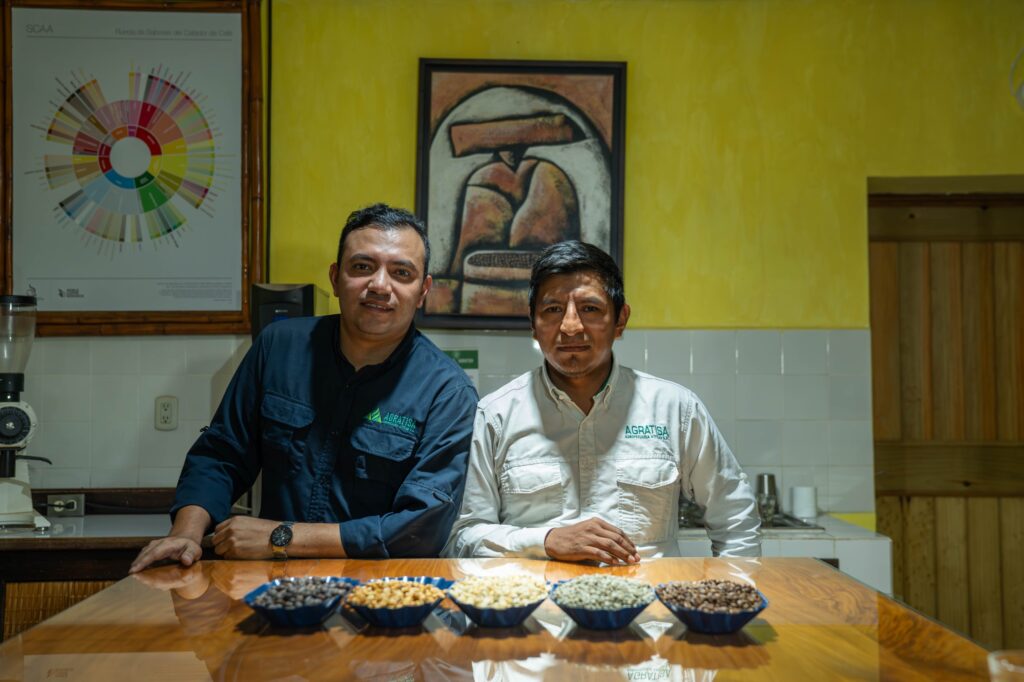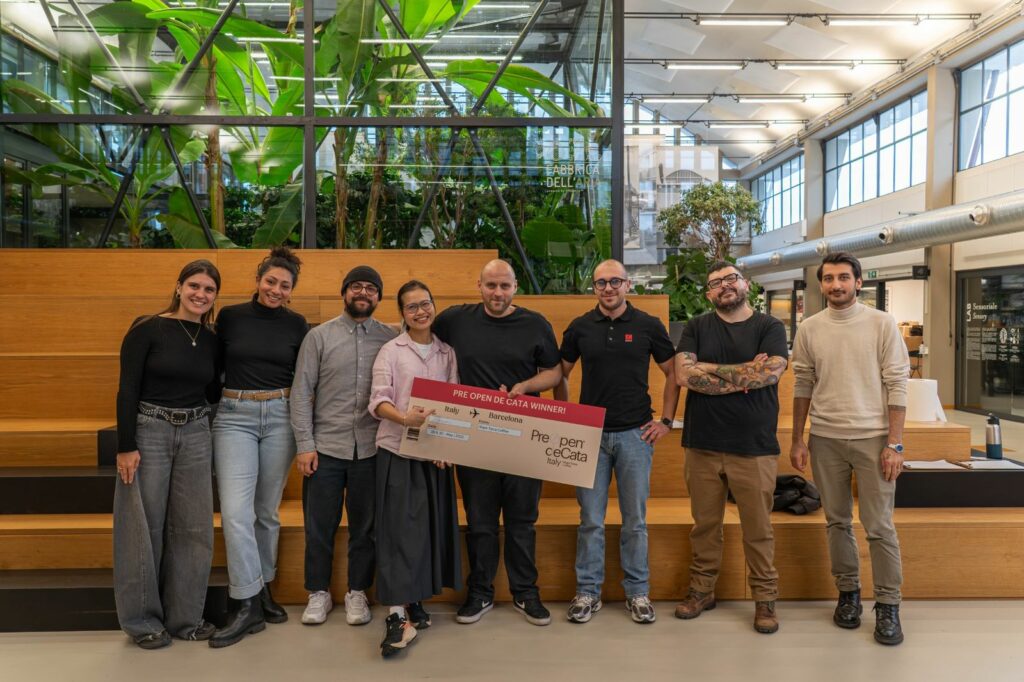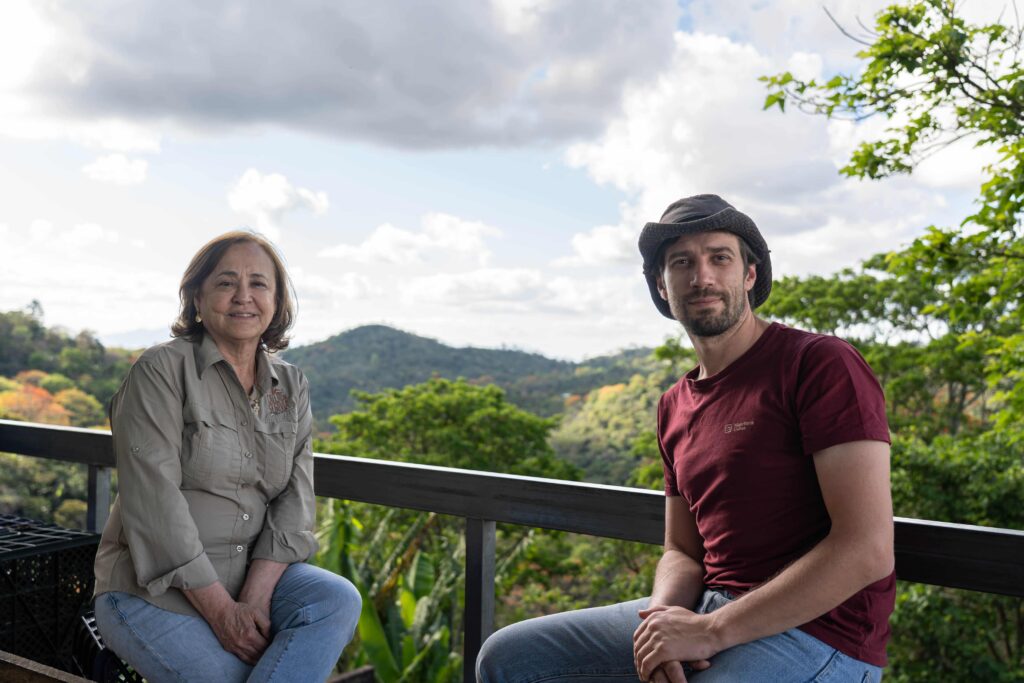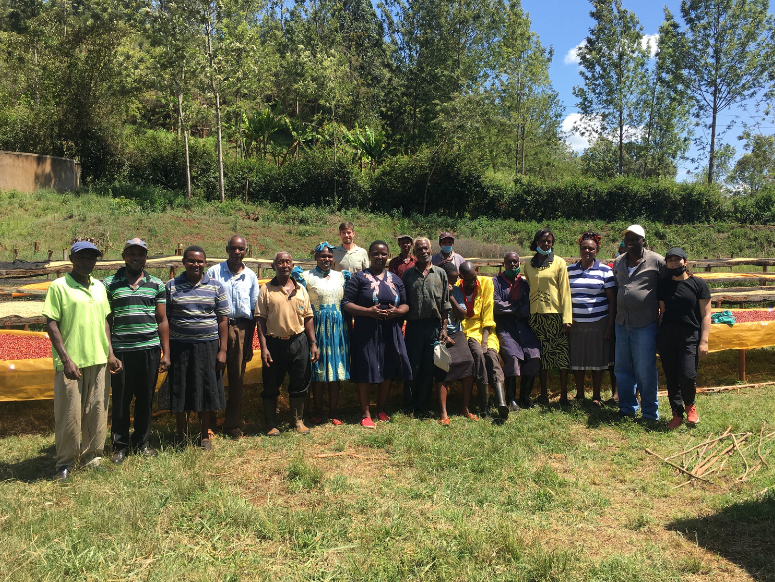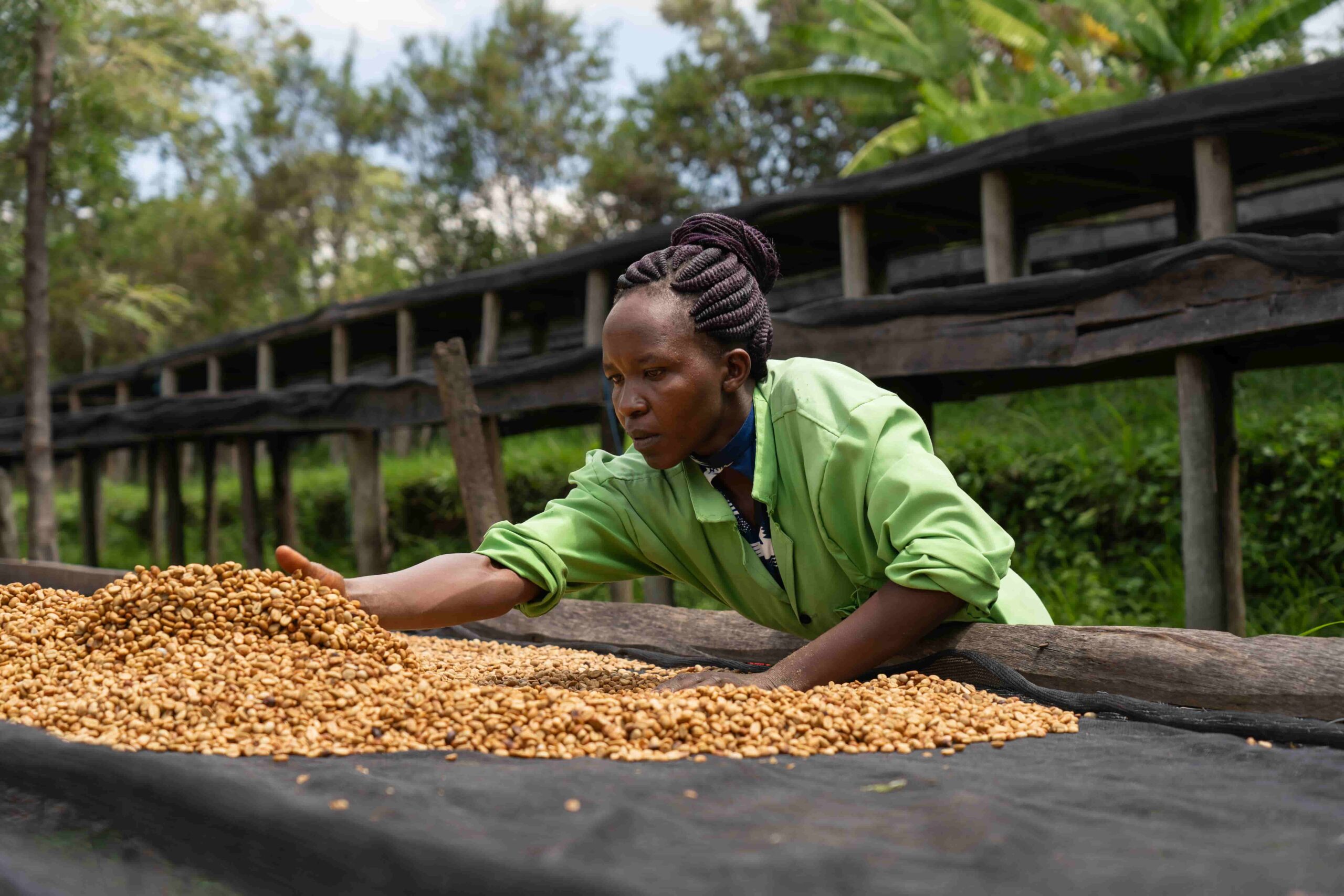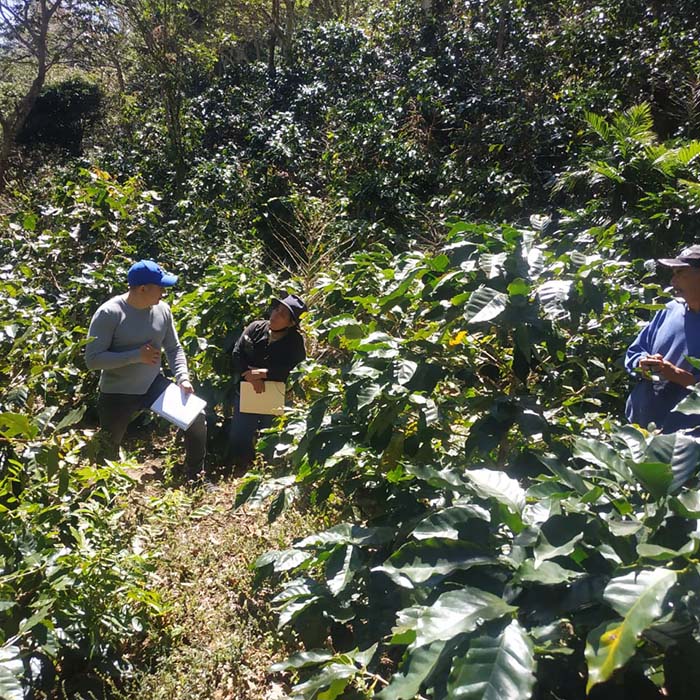Have you ever wondered how coffee is tasted?
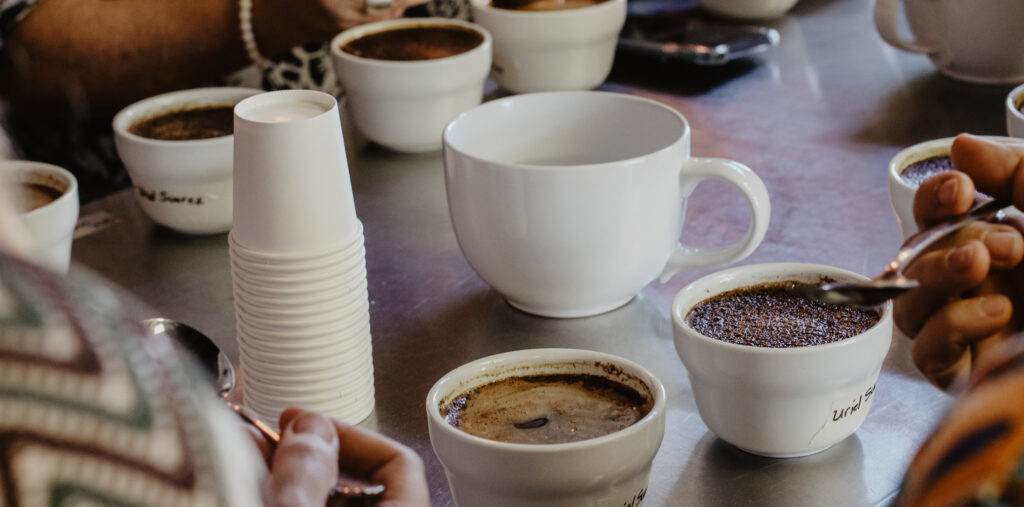
Cupping is a practice in which, through tasting, each of the characteristics that define a coffee are determined and evaluated. Tasting requires experience and skill to be able to discover the characteristics of each bean through comparison.
The Brazilian model is the most widely used for the sensory evaluation of coffee. In it, the tasters evaluate and appreciate the coffee through an infusion that allows them to distinguish and know the different characteristics of the coffees, evaluating their qualities and defects, in order to subsequently give a score to the coffee.
To carry out this type of cupping, 3 to 5 cups of each coffee sample are used in order to evaluate the uniformity of the sample. Each cup should also contain the same amount of coffee, being 8 grams per 150 ml of water.
The first thing that is done during a coffee tasting is to evaluate its fragrance, for which the freshly ground coffee beans are smelled in the cup. Next, water at a temperature of 93ºC is poured directly over the ground coffee beans, ensuring that all the particles are moistened and reaching the edge of the cup.
In addition, a sample of the green coffee and a sample of the roasted coffee must be available for visual evaluation once the sensory evaluation has been carried out, and it is also necessary to have several cups of hot water on the table, so that the tasters can wash their spoons each time they taste each coffee.
Once the coffee is infused and after a few minutes of rest, a kind of crust that forms on the surface is broken, so that its aroma can be appreciated. After this evaluation the tasters go on to evaluate the flavor, sipping the coffee in spoonfuls and with determination. It is here that a general perception of each coffee can be obtained (acidity, body…), evaluating also the aftertaste, that is to say, the duration of the positive flavor characteristics that remain after the coffee tasting.
Finally, it should be noted that the atmosphere during a tasting session should be quiet, avoiding comments and value judgments, as this may affect the evaluation made by other tasters by influencing the senses.
